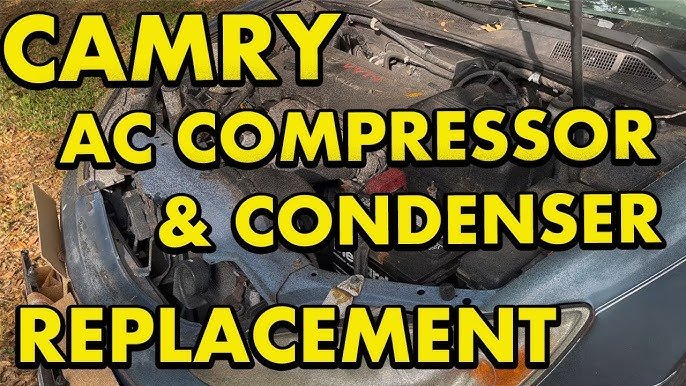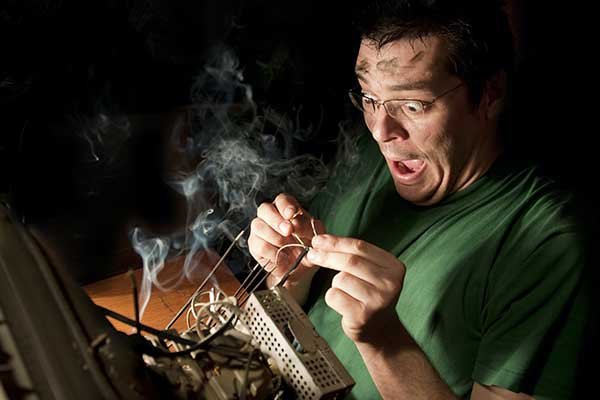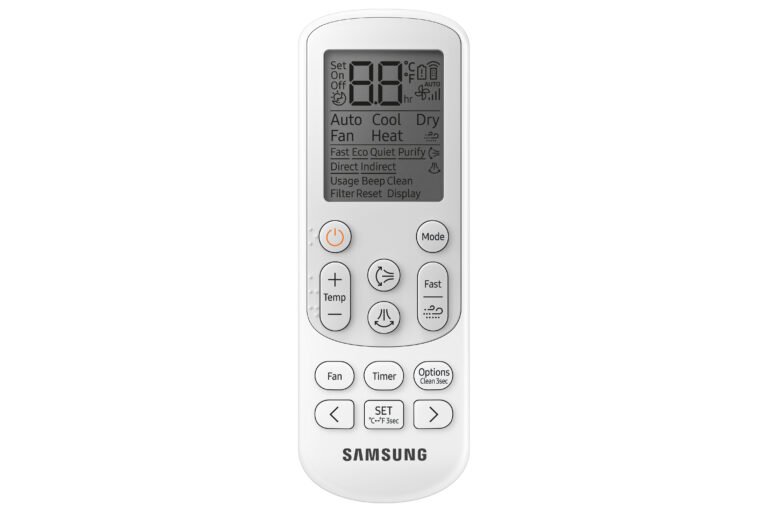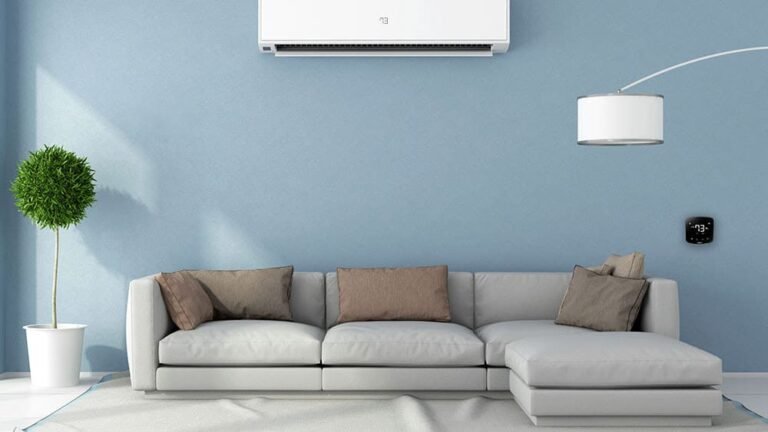Mastering Comfort Pack Hvac Troubleshooting: Expert Tips & Power Solutions
Comfort Pack HVAC troubleshooting involves identifying and resolving issues with the HVAC system for optimal comfort and performance. This article provides an overview of the common problems and their solutions, offering guidance to effectively troubleshoot and resolve the issues.
Whether it’s a malfunctioning thermostat, airflow problems, or strange noises, understanding the potential causes and taking appropriate action can help restore the system’s functionality. Regular maintenance and timely repairs are vital to ensure the HVAC system operates efficiently, providing comfort in any season.
Let’s explore the troubleshooting steps to address Comfort Pack HVAC issues, keeping your space comfortable all year round.
Common Hvac Issues
Common causes of HVAC problems:
Understanding HVAC system components
Identifying issues with HVAC controls
Troubleshooting HVAC airflow problems
HVAC refrigerant leaks and their impact
Fixing issues with HVAC thermostat
Power Solutions For Hvac Troubleshooting
Importance of Power Supply in HVAC Systems
Power supply is a critical aspect of HVAC systems as it ensures efficient functioning and performance. Inadequate or interrupted power supply can lead to various electrical problems. Troubleshooting HVAC electrical problems involves identifying and resolving issues like faulty wiring, malfunctioning capacitors, and motors. Regularly testing HVAC capacitors and motors helps in detecting potential failures and taking proactive measures to prevent major breakdowns.
Addressing HVAC wiring issues is crucial to avoid electrical hazards and ensure proper functioning of the system. It involves checking for loose connections, damaged wires, and faulty switches. Resolving HVAC circuit breaker trips requires identifying the root cause, such as overloaded circuits or short circuits, and taking appropriate corrective actions.
Another aspect that deserves attention is power surge protection for HVAC units. Installing surge protectors safeguards the system from sudden power surges that can cause significant damage to sensitive components.
| Troubleshooting Steps | Description |
|---|---|
| Step 1: Test capacitors and motors | Use a multimeter to check for proper functioning and replace faulty components. |
| Step 2: Inspect wiring | Check for loose connections, damaged wires, and faulty switches. Repair or replace as necessary. |
| Step 3: Address circuit breaker trips | Determine the cause of trips (overloading, short circuits) and resolve the issue to prevent further disruptions. |
| Step 4: Install surge protectors | Protect the HVAC unit from power surges by using surge protectors and following recommended installation guidelines. |
Diy Hvac Troubleshooting Techniques
In HVAC systems, troubleshooting techniques can save you both time and money. It is important to have the necessary HVAC system diagnostic tools handy whenever you encounter issues. These tools allow you to identify and resolve problems efficiently. Performing routine maintenance tasks such as checking and replacing HVAC air filters is crucial for the system’s smooth operation. Additionally, cleaning the HVAC condenser coils and properly maintaining the HVAC evaporator coils ensures optimal performance. Another common issue is HVAC drain line obstructions, which can be cleared using appropriate methods. Lastly, adjustment and calibration of HVAC sensors contribute to accurate temperature control and energy efficiency. By implementing these DIY HVAC troubleshooting techniques, you can keep your HVAC system running smoothly and effectively.
Advanced Hvac Troubleshooting Tips
When it comes to troubleshooting Comfort Pack HVAC systems, there are several advanced tips that can help you diagnose and resolve issues efficiently. Utilizing system log data can provide valuable insights into the performance and operation of your HVAC system. Analyzing the log data can help you identify any patterns or anomalies that may indicate potential problems.
Identifying airflow restrictions is another crucial step in troubleshooting HVAC issues. Inspecting the air filters, ductwork, and vents for any blockages or obstructions can help ensure proper airflow and improve system performance.
Understanding zoning issues is essential, especially if you have multiple zones within your HVAC system. Checking the thermostats, dampers, and zone control panel can help pinpoint any misconfigurations or malfunctions that may affect temperature control.
When it comes to ductwork problems, inspecting for leaks, gaps, or insulation issues is necessary. Sealing ducts, repairing or replacing damaged sections, and ensuring proper insulation can enhance efficiency and airflow.
Compressor and fan motor issues can often lead to HVAC system malfunctions. Inspecting these components for any electrical problems, mechanical faults, or damage and addressing them promptly can prevent system breakdowns.
Addressing refrigerant charge problems is crucial for maintaining optimal cooling performance. Checking the refrigerant levels and ensuring they are within the manufacturer’s specifications can prevent issues such as poor cooling, ice formation, or compressor damage.
Expert Tips For Hvac Troubleshooting
htmlExpert Tips for HVAC Troubleshooting
Identifying and resolving HVAC noise issues: If you notice any unusual noise coming from your HVAC system, it is important to investigate and address the issue promptly. Common causes of HVAC noise include loose components, worn-out bearings, or airflow obstructions. By inspecting and tightening loose parts, replacing worn-out bearings, and removing any obstructions, you can eliminate the noise and ensure your HVAC system operates smoothly.
Troubleshooting HVAC thermostat malfunctions: If your HVAC system is not responding to the thermostat settings, there may be a malfunction. Check the thermostat’s batteries, wiring connections, and settings. You can also try resetting the thermostat or replacing it if necessary. Additionally, make sure the thermostat is properly calibrated to accurately control temperature settings.
Effective troubleshooting for HVAC control boards: If your HVAC system fails to start or experiences frequent power fluctuations, the control board may be the culprit. Inspect the board for any visible damage or loose connections. If necessary, replace the control board to restore proper functionality.
HVAC troubleshooting for temperature imbalance: If certain areas of your home feel consistently warmer or cooler than others, there may be temperature imbalance issues. Check for blocked vents, dirty air filters, or a malfunctioning zoning system. By ensuring proper airflow and addressing any system imbalances, you can achieve a more comfortable environment.
Troubleshooting HVAC system short cycling: Short cycling occurs when your HVAC system frequently turns on and off. This not only leads to energy inefficiency but also puts strain on the system. Check the air filter, condenser, and thermostat settings to identify the cause of short cycling. Cleaning or replacing the filter, maintaining the condenser unit, or adjusting the thermostat settings can help resolve this issue.
| Common HVAC troubleshooting mistakes to avoid |
|---|
| 1. Neglecting regular maintenance and servicing |
| 2. Overlooking thermostat issues |
| 3. Failing to address airflow obstructions |
| 4. Ignoring unusual noises or smells |
| 5. Disregarding temperature imbalances |
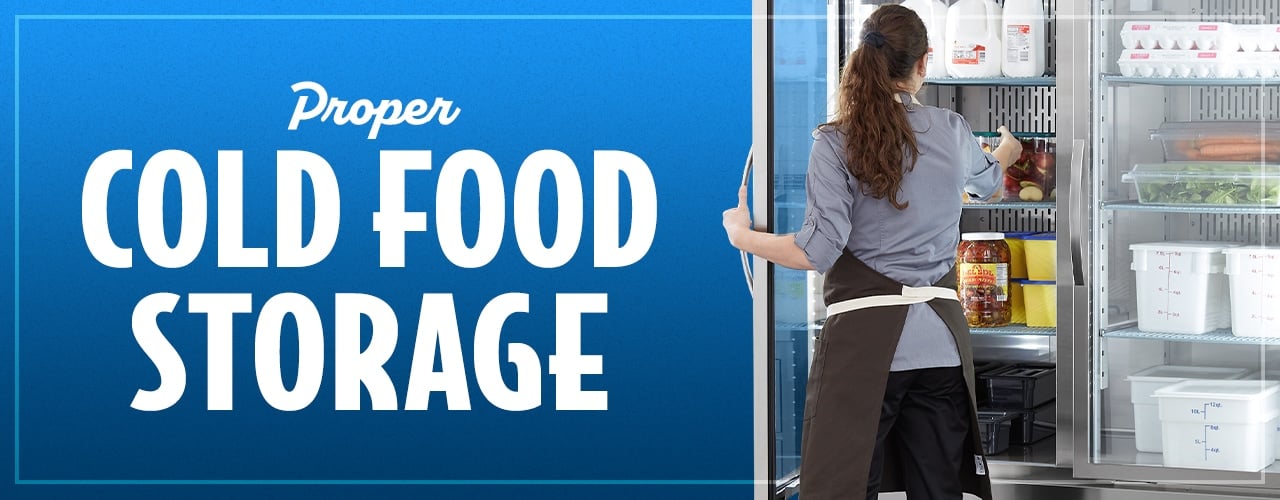
Credit: www.webstaurantstore.com
Frequently Asked Questions On Comfort Pack Hvac Troubleshooting
Q: How To Troubleshoot Common Hvac Issues At Home?
A: To troubleshoot common HVAC issues at home, check the thermostat settings, inspect air filters, clean condenser coils, and ensure proper airflow. If issues persist, it’s best to consult a professional HVAC technician for a thorough diagnosis and repair.
Q: Why Is My Hvac System Not Cooling Or Heating Properly?
A: Insufficient cooling or heating in an HVAC system can be caused by various factors such as dirty filters, refrigerant leaks, blocked condenser unit, or malfunctioning thermostats. Regular maintenance, cleaning, and professional inspections can help identify and resolve these issues effectively.
Q: How Often Should I Change Hvac Filters?
A: It’s advisable to change HVAC filters every 1 to 3 months, depending on the manufacturer’s recommendation and household conditions. Regular filter changes improve the system’s efficiency, airflow, and indoor air quality by reducing dust, allergens, and debris accumulation.
Q: What Can I Do If There Is A Refrigerant Leak In My Hvac System?
A: If you suspect a refrigerant leak in your HVAC system, it’s essential to contact a professional technician immediately. Attempting DIY repairs or adding refrigerant without proper knowledge can escalate the problem and potentially damage the system. Skilled technicians can detect and fix leaks while ensuring safe handling of refrigerants.
Conclusion
Troubleshooting HVAC issues with the Comfort Pack can be a straightforward process when you know what to look for. By following the steps outlined in this blog post and using the troubleshooting guide, you can identify and fix common problems with your HVAC system.
Remember to regularly maintain your Comfort Pack to ensure it runs smoothly and efficiently. With this knowledge, you can enjoy the benefits of a comfortable and well-functioning HVAC system in your home.


